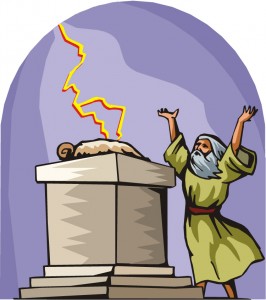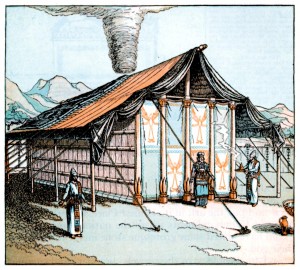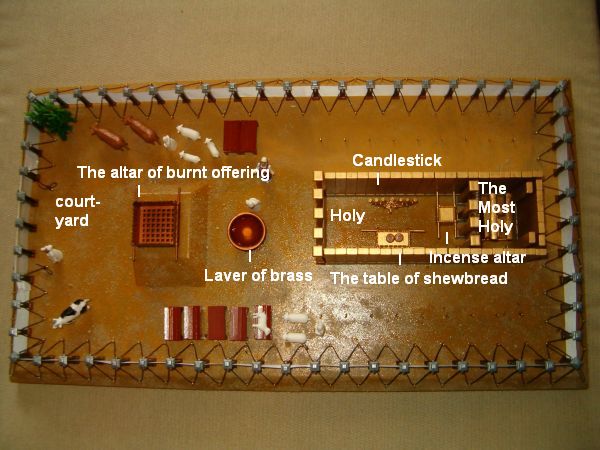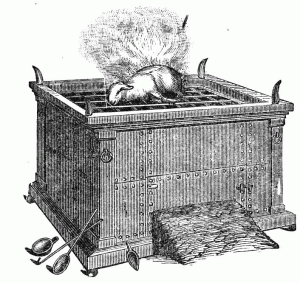Isaiah 61:10, He has clothed me with garments of salvation … robes of righteousness. The Hebrew word for salvation is Yesha (Strong’s H3468), which forms the root for the word yeshua meaning “salvation,” which, of course is the derivation of the Messiah’s personal name, Yeshua. How does Scripture define the word righteousness? (For the brief answer, reference Ps 119:172.) We see in this verse an interplay between the concepts of being clothed in Messiah’s salvation and works of righteousness, which is Torah obedience. Now relate these two concepts to Ephesians 2:8–9, which describes how we are saved spiritually, and then to Ephesians 2:10, which describes the proof of our salvation.
Now let’s take the next step in our line of logic by turning to Revelation 12:17 and 14:12 to discover what are the identifying marks of the end-time saints. Now relate this to the robes of righteousness the bride of Yeshua will be wearing in Revelation 19:7–9 with special emphasis on verse 8. The KJV reads, “for the fine linen is the righteousness of the saints,” while both the NIV and NAS read “righteous acts” for “righteousness.” What are the Continue reading








